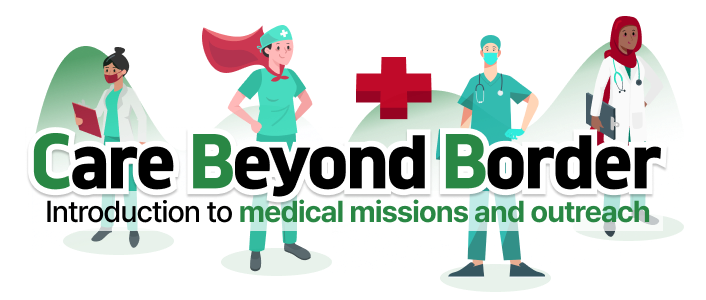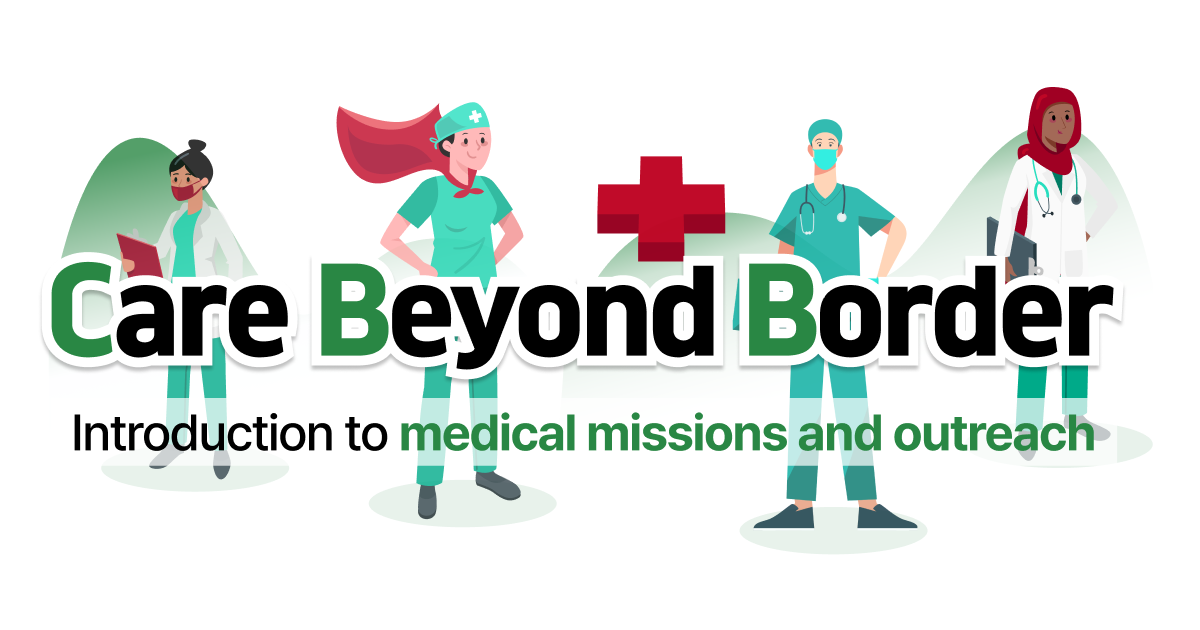Accessible Healthcare in Ilocos Norte
In a heartening display of community spirit and cooperation, a significant medical mission has touched the lives of approximately 600 patients in Ilocos Norte. This initiative, spearheaded by the Provincial Government of Ilocos Norte (PGIN), the Sinagtala Medical Association, and the Good Hope Future Foundation, has demonstrated the power of partnerships in delivering essential health services to those who need them most. The mission's success highlights the ongoing commitment to making healthcare more accessible for underprivileged communities, laying a foundation for sustained community well-being.
Comprehensive Medical Services
The medical mission extended a lifeline to patients by offering an array of free medical services. Notably, the outreach addressed various critical health issues, ensuring that patients with diverse medical needs were not left unattended. Services ranged from hosting mental health forums specially tailored for adolescents, to providing psychiatric consultations, and conducting eye check-ups where patients received complimentary eyeglasses. By covering surgical needs including hernia, cataracts, cysts, goiter, myoma, cleft lip, breast mass, vasectomy, gallstones, hemorrhoids, hysterectomy, and other eye disorders, the mission catered to both common and complex health issues. These procedures took place at the well-equipped Governor Roque B. Ablan Sr. Memorial Hospital (GRBASMH).
Encouraging Mental Health Awareness
A vital component of this mission was the emphasis on mental and psychosocial well-being, particularly among the youth. The initiative featured extensive educational outreach, aiming to improve mental health literacy and resilience among teenagers. Special focus was given to students at Ilocos Norte National High School (INNHS), where workshops and forums were conducted to impart knowledge on managing mental health challenges. This approach underscores an understanding that health is not solely physical but encompasses mental and social dimensions as well.
Achievements and Impact
During a session of the Sangguniang Panlalawigan on March 24, Boardmember Medeldorf Gaoat summarized the mission's impressive outcomes. He reported that the team successfully performed 40 major surgical operations and 70 minor procedures, alongside roughly 500 ophthalmology check-ups. The mission went a step further by distributing free reading glasses to those in need, thereby significantly enhancing the quality of life for many beneficiaries.
The success of this mission is not merely in the numbers, but in the transformative impact on individual lives. For instance, Thelma Palaspas from Brgy. 35 in Laoag City was a direct beneficiary; the free eye check-up she received was invaluable given her financial constraints as a sole breadwinner and seamstress. The mission symbolized a beacon of hope, aptly named 'Hope Shines', highlighting its profound personal and communal impact.
Empowerment Through Education
Education emerged as a pivotal theme throughout the mission. Psychiatrist Maria Madeline Baylon-Mallillin from the Sinagtala Medical Association highlighted the importance of empowering participants through accessible knowledge. Such empowerment enables individuals to take charge of their health, make informed decisions, and ultimately support others within their community.
In parallel, Irene Enriquez, an ophthalmologist from the same association, stressed the significance of the educational aspect. She underscored that the lay forums did more than provide immediate medical attention—they cultivated a deeper understanding and proactive health management mindset among beneficiaries, hospital staff, and local government units (LGUs). This approach fosters a ripple effect, as individuals equipped with knowledge become advocates and educators within their own circles.
Sustained Health Awareness
Beyond the immediate interventions, the mission's legacy lies in its aspiration to cultivate enduring health awareness within the community. The education provided during the mission paves the way for a culture of health consciousness, where communities are not only recipients of care but active participants in their health journeys. The ultimate aim is to create a knowledgeable and self-sufficient populace that can continually sustain and advocate for better health practices.
In summary, the collaborative medical mission in Ilocos Norte has not only addressed urgent health needs but has also laid the groundwork for enduring community health resilience. As the mission concludes, it leaves behind a strengthened community, better equipped to tackle future health challenges with knowledge and confidence. The impact of such initiatives resonates beyond immediate outcomes, nurturing a healthier, more informed world.
출처 : Original Source

